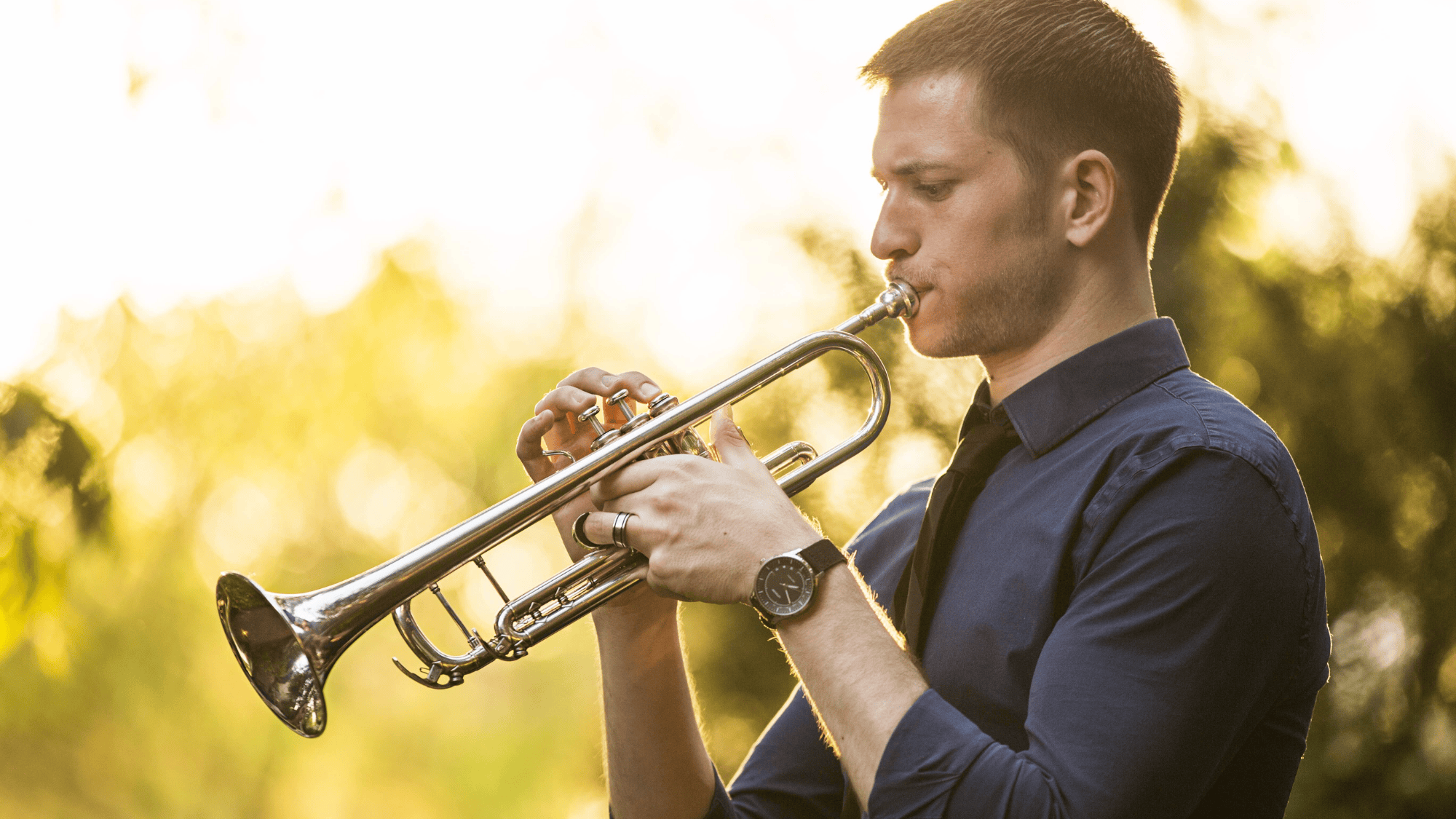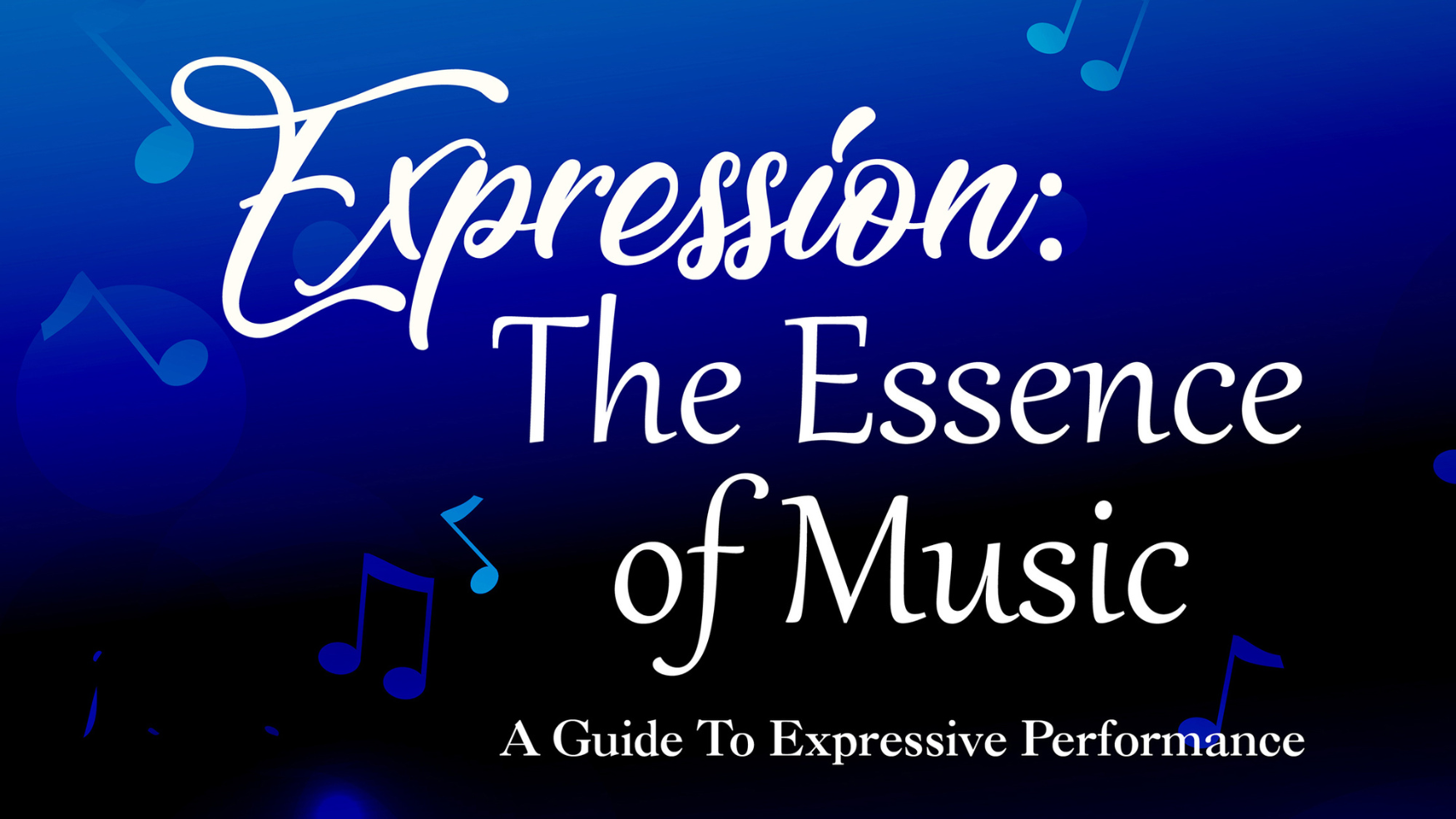Crown Imperial by Sir William Walton (1902-1983)
Although he studied composition at Oxford, William Walton enjoyed a great deal of freedom from the stylistic leanings of his teachers and considered himself a self-taught composer. His output was not large; it includes two symphonies, three overtures, several pieces of chamber music, and three string concertos. Walton also wrote music for film productions of “Richard III,” “Hamlet,” and “Henry V.” He was knighted in 1951 and received the Order of Merit in 1968.1
Walton composed no original works for wind band, but many have been transcribed for that medium. Crown Imperial was commissioned by the British Broadcasting Company for the coronation of George VI in 1937. The BBC Orchestra premiered the work a few days before the ceremony. The band arrangement by James W. Duthoit was published the same year by Boosey and Hawkes, though curiously, the arranger’s name does not appear on the score or parts. The title of the march comes from the quotation, “In the beauty bearing the Crown Imperial” from the poem “In Honour of the City of London” by William Dunbar (1465-1520).2
Crown Imperial contains parts for “solo and first cornet,” “second cornet,” “first trumpet,” and “second trumpet.” The “solo and first cornet” part requires two players (divisi) only if the first trumpet part is not played. The march consists of two large sections, one march-like and the other processional. The excerpt below is from the march section.
A survey of eight recordings revealed a range of tempos between quarter note = 93 and 125. It is often thought that British marches are to be performed slower than those of American composers. Recordings by British bands, however, showed fairly quick tempos for Crown Imperial, ranging from quarter =120 to 125. Two recordings of orchestral performances conducted by the composer also show an affinity for the quicker tempos.3 The American ensembles performed the piece at quarter note = 93 to 114.
The sixteenth notes in the excerpt must be rhythmically accurate. The performer must be aware of the tendency to enter early on the three F# sixteenth notes that occur after the tied F#’s in measure 7. It is also a common mistake to make the two sixteenth notes on the second beat of measures 4 and 6 into thirty-second notes. Likewise, the triplets on the upbeat of the first beat of measure 9 should not be delayed and compressed to sound like thirty-second notes.
The performer should play through the first eighth note of measure 9 in one breath, not only for aesthetic reasons but to help avoid late entrances. Subsequent breaths should be taken during the eighth rests. The breath accents are often forgotten in poor performances. These accents and the addition of a little space between the notes are qualities necessary to create the “regal” atmosphere. It is preferable to employ a syllable such as “tu” or “tee” to articulate the martial theme (measures 1-20) and a more legato one like “da,” “du,” or “dee” for the solo that begins in measure 28.
Most of the ensemble doubles the cornet part in measures 1-20, but the solo cornet sound should be full. Note the “fade in” effect in measure 1 where the crescendo from f to ff occurs. This should be only a slight crescendo, saving room for a bigger crescendo in measure 5.
The solo after rehearsal number 7 should be played expressively with a moderate amount of vibrato and starting at a mp dynamic level. The performer should pay close attention to the natural contour of the melodic line and make the crescendo in measure 30 more intense than the one in measure 29. This solo is doubled by the flutes and accompanied by the horns, second cornets, first trombones and bass trombone. It is important, therefore, that the player use enough breath support to “sing out” over this ensemble, but not to cover the flutes. Above all, strive to project a solemn sound portrait, appropriate to underpin a recessional of nobles and knights of the highest order.
(The above article originally appeared in the dissertation by Anthony B. Kirkland, An Annotated Guide to Excerpts for Trumpet and Cornet from the Wind Band Repertoire, University of Maryland, 1997.)
Dr. Anthony Kirkland is Associate Professor of Trumpet at Mississippi State University where he teaches applied trumpet, performs in the faculty brass quintet, and is principal trumpet in the MSU-Starkville Symphony.
Dr. Jim Johnson is the Assistant Trumpet Professor at The University of Akron, where he teaches applied trumpet, directs the trumpet ensemble, and performs with the faculty brass quintet.
End Notes
1Norman E. Smith, March Music Notes (Program Note Press: Lake Charles, Louisiana, 1986) 441.
2Ibid.
3William Walton, Walton Conducts Walton, the composer conducting the Philharmonia Orchesra, Record Album SLS 5246, EMI 1982; William Walton, Music by Sir William Walton, the composer conducting the Philharmonia Orchestra, Record Album 35639, Angel 1958.
Recordings
American Bandmasters Association Annual Convention. United States Marine Band “The President’s Own.” Lt. Col. Dale Harpham, Conductor. ABA-73-4C. Crest Records, 1973.
The Bands of HM Royal Marines. https://www.youtube.com/watch?v=VS4mmuhieNQ. Mountbatten Festival of Music at the Royal Albert Hall, London, 2012.
British and American Band Classics. Eastman Wind Ensemble. Frederick Fennell, Conductor. Recorded in 1958-59. Compact Disc 432-009-2. Mercury, re-released, 1990.
Crown Imperial. The Band of Her Majesty’s Life Guards. Record Album UNS 15552. United Artists International, 1968.
Music by Sir William Walton. Philharmonia Orchestra, Sir William Walton, Conductor. Record Album 35639. Angel, 1958.
On Parade. The U.S. Air Force Tactical Air Command Band. Major Lowell E. Graham, Conductor. Record Album MC-20661. Mark Custom, no date.
The Regimental Band of the Coldstream Guards. Marches Vol. I. Major Roger G. Swift, Conductor. 1988.
Walton Conducts Walton. Philharmonic Orchestra, Sir William Walton, Conductor. Record Album SLS 5246. EMI, 1982.






